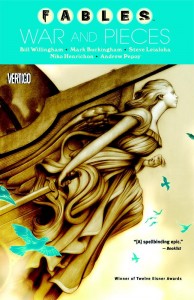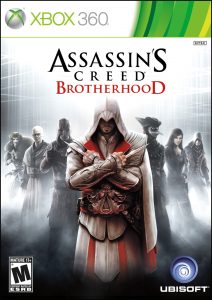The first thing to say about Tommy Taylor and the Bogus Identity is that it is undeniably a rip-off of Harry Potter. The second, more important thing to say about it is that while the first thing I said is not particularly true, I do have the sense that Mike Carey was trying[1] to pull off a comfortable homage before he yanked the carpet out from beneath the reader’s feet, in much the same way that The Wheel of Time rips off Tolkien for about 100 pages. Which is to say, I have started (and more importantly, will be continuing) a new graphic novel series, this time on loan to me instead of on loan from me. Still, I may well buy them too, ’cause, they’re good.
Unfortunately[2], I don’t really know enough to say where The Unwritten is going as a series. I know it is playing with the role of literature in life, in a mysterious and (to me, but I’m a sucker for lit-as-pop-culture) exciting way. I know that the main character is a little boring right now, in the way that characters who stand in for the audience always are, but I am extremely interested in two of the secondary characters and also I trust that Tom Taylor will coalesce into a real person once he gets his feet back under him[3], so that doesn’t bother me right now. And I know above all that I want to know more. Plus, perfectly satisfactory art if you care about that kind of thing. The introduction by Bill Willingham of Fables fame (while overselling the book to the point that I got halfway through it before I was sure if I was in or not) indicated I should know who Peter Gross is, but I don’t. Possibly you do?
[1] and I daresay succeeding
[2] at least in one sense, completely awesomely in another
[3] After all, Carey pulled the rug out on his audience-stand-in at the same time he did the audience, pretty much by definition.

 I wonder if there’s a new season of The Borgias starting on Sunday or so, or whether it instead got cancelled. I wonder this primarily because of my current familiarity with the characters and some of their life events, courtesy of my completing
I wonder if there’s a new season of The Borgias starting on Sunday or so, or whether it instead got cancelled. I wonder this primarily because of my current familiarity with the characters and some of their life events, courtesy of my completing 